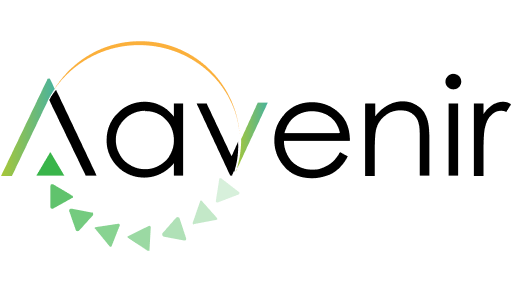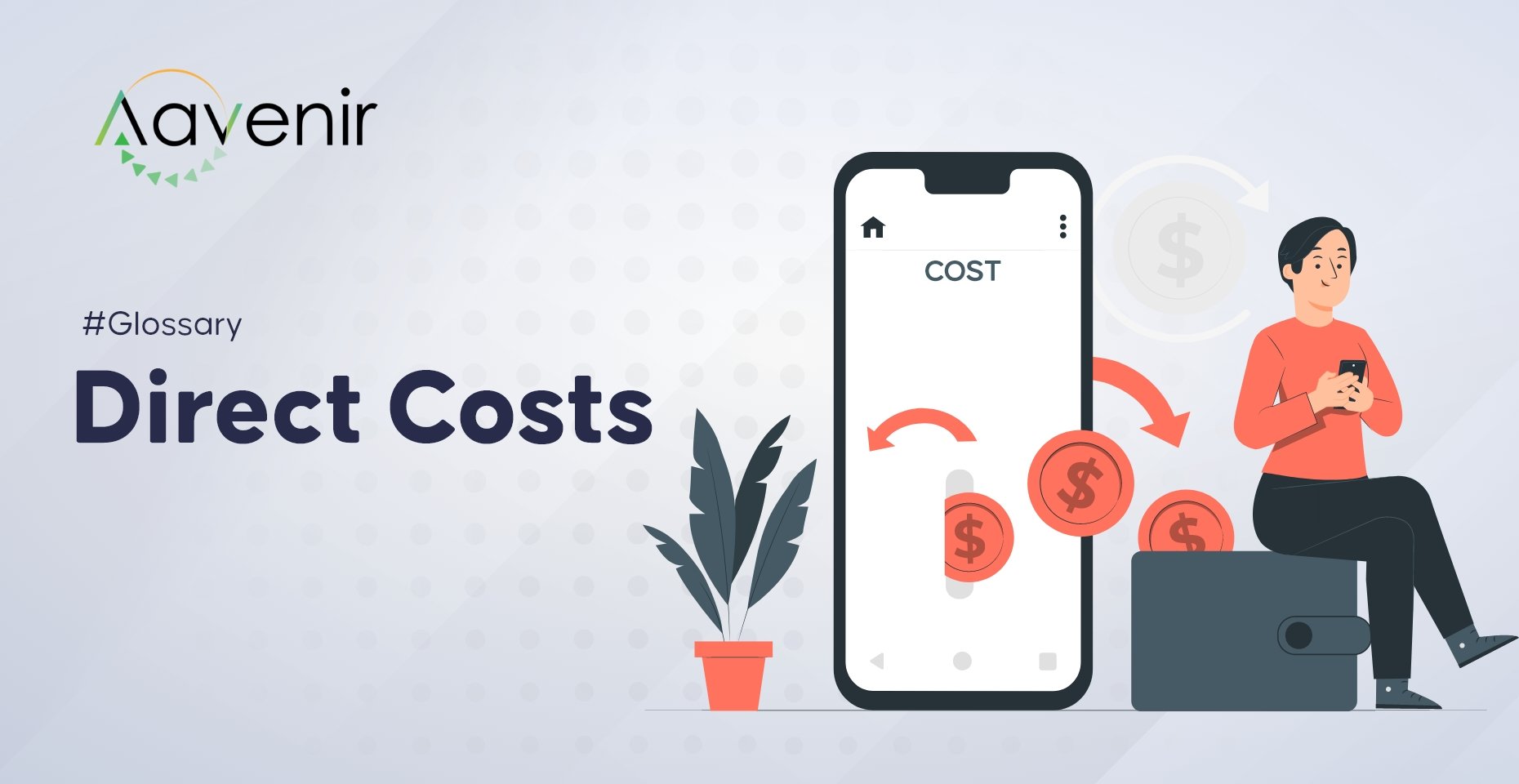What Is a Direct Cost ?- Definition
A direct cost is a price that can be directly tied to the production of specific goods or services. A direct cost can be traced to the cost object, which can be a service, product, or department.
Direct and indirect costs are the two major types of expenses or costs that companies can incur. Direct costs are often variable costs, meaning they fluctuate with production levels such as inventory. However, some costs, such as indirect costs are more difficult to assign to a specific product.

Key Takeaways
- A direct cost is a price that can be directly tied to the production of specific goods or services.
- A direct cost can be traced to the cost object, which can be a service, product, or department.
Understanding Direct Cost
Any cost that’s involved in producing a good, even if it’s only a portion of the cost that’s allocated to the production facility, is included as direct costs. Some examples of direct costs are listed below:
- Direct labor
- Direct materials
- Manufacturing supplies
- Wages for the production staff
- Fuel or power consumption
Because direct costs can be specifically traced to a product, direct costs do not need to be allocated to a product, department, or other cost objects. Direct costs usually benefit only one cost object. Items that are not direct costs are pooled and allocated based on cost drivers.
Benefits of using Direct Cost Methods
The benefits of using the direct costing method are that it provides reasonable information to the management for decision-making about the product and pricing of the product.
Also, it is relatively easy to control direct costs by efficient management as compared to indirect costs or overhead costs.
Following are the common advantages of using direct costing methods:
- It helps in making a master budget for the year as direct costing provides a variable per unit cost.
- Variable costs allow you to analyze the cost-volume relationship or break even point for your business. Breakeven is the sale volume at which there is no profit & loss for the business.
- Once the direct and indirect costs are determined, then it becomes easy for management to decide on a good price for their product.
- It provides more control to the management on organization operations as direct costing pinpoints the responsibility according to organizational lines.
Explore Additional Resources to Know More
[aux_row columns=”3″] [aux_col] 
Build vs. Buy ServiceNow Application Implementation
If your enterprise is already using ServiceNow and you haven’t integrated a robust contract management platform, download this brochure to learn more about how Aavenir CLM can help you organize and manage contracts within ServiceNow.
Learn More [/aux_col] [aux_col]
Calculate ROI of Accounts Payable Automation
If your enterprise is already using ServiceNow and you haven’t integrated a robust contract management platform, download this brochure to learn more about how Aavenir CLM can help you organize and manage contracts within ServiceNow.
Learn More [/aux_col] [aux_col]
Calculate ROI of Contract Lifecycle Management Software
If your enterprise is already using ServiceNow and you haven’t integrated a robust contract management platform, download this brochure to learn more about how Aavenir CLM can help you organize and manage contracts within ServiceNow.
Learn More [/aux_col] [/aux_row]


